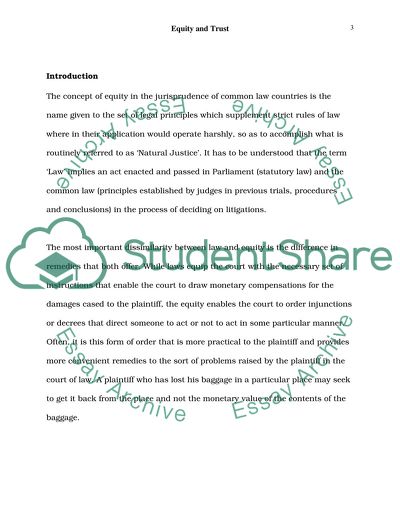Cite this document
(Concepts of Equality and Trust Essay Example | Topics and Well Written Essays - 2500 words - 1, n.d.)
Concepts of Equality and Trust Essay Example | Topics and Well Written Essays - 2500 words - 1. https://studentshare.org/law/1705634-equity-trust
Concepts of Equality and Trust Essay Example | Topics and Well Written Essays - 2500 words - 1. https://studentshare.org/law/1705634-equity-trust
(Concepts of Equality and Trust Essay Example | Topics and Well Written Essays - 2500 Words - 1)
Concepts of Equality and Trust Essay Example | Topics and Well Written Essays - 2500 Words - 1. https://studentshare.org/law/1705634-equity-trust.
Concepts of Equality and Trust Essay Example | Topics and Well Written Essays - 2500 Words - 1. https://studentshare.org/law/1705634-equity-trust.
“Concepts of Equality and Trust Essay Example | Topics and Well Written Essays - 2500 Words - 1”. https://studentshare.org/law/1705634-equity-trust.


